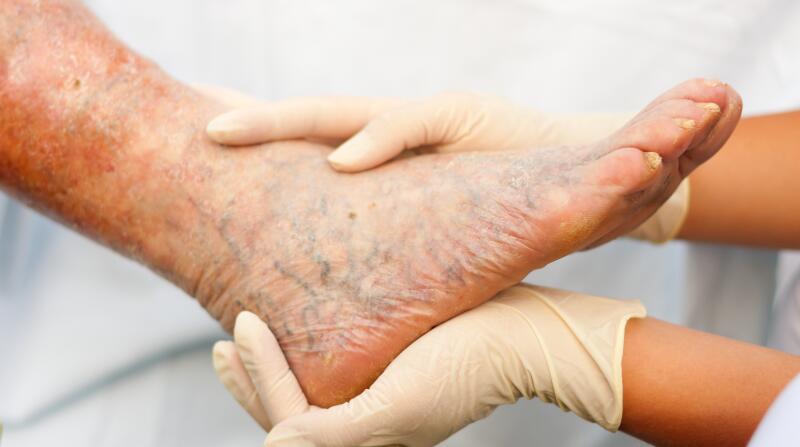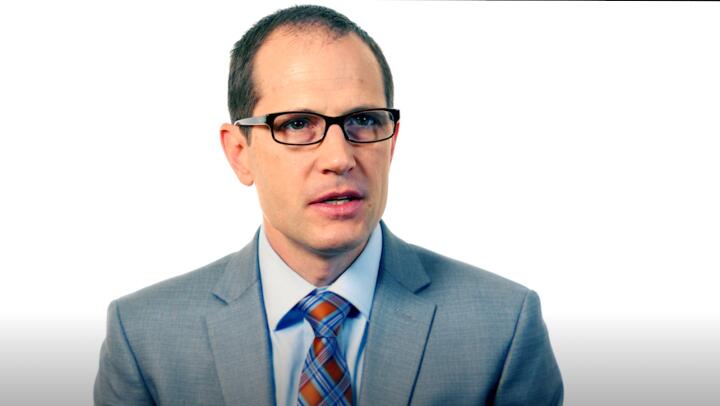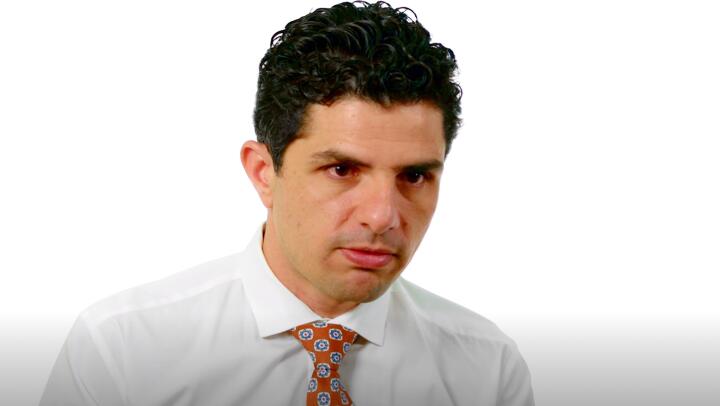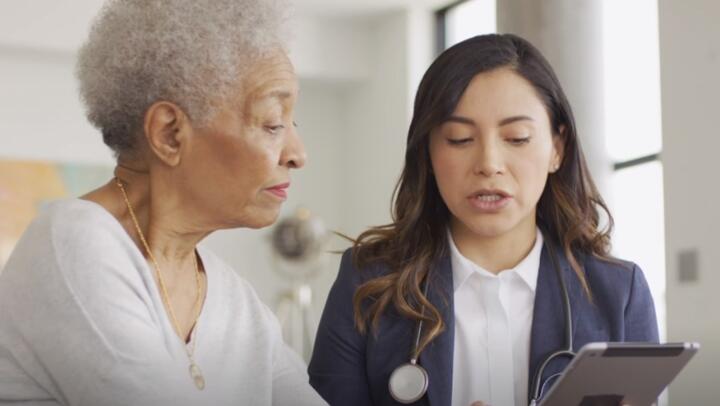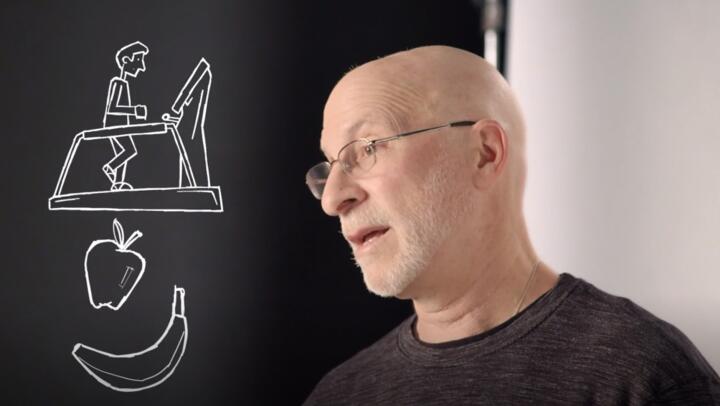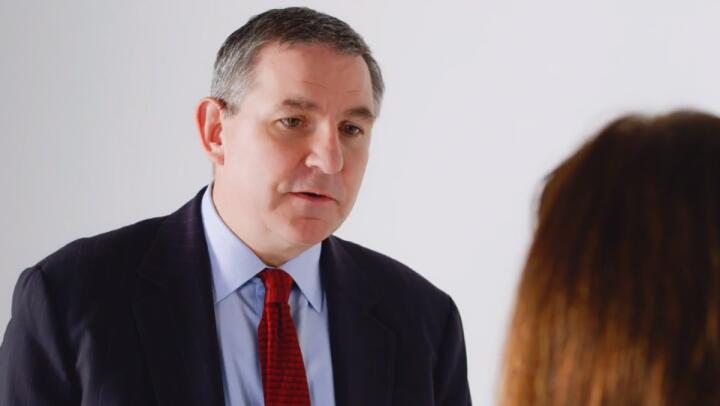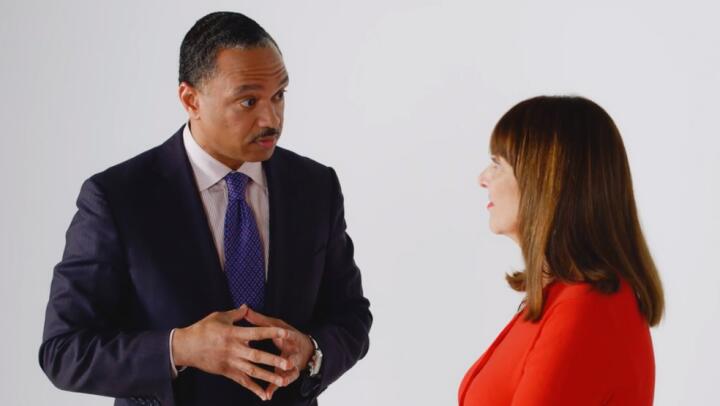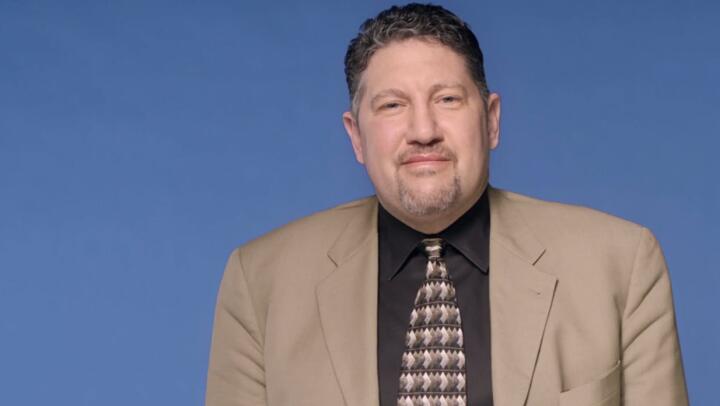8 Things to Know About Varicose and Spider Veins

Medically Reviewed By William C. Lloyd III, MD, FACS
Written By Sarah Lewis, PharmD on November 3, 2020
-
 Surprising Facts About These Unsightly VeinsVaricose veins are abnormal veins that bulge and look blue and twisted. They can cause symptoms, such as achiness, tired legs, and pain. Spider veins are smaller, closer to your skin surface, and look like small, jagged lines or starbursts. Spider veins are unsightly, but usually don’t cause discomfort or bulge.
Surprising Facts About These Unsightly VeinsVaricose veins are abnormal veins that bulge and look blue and twisted. They can cause symptoms, such as achiness, tired legs, and pain. Spider veins are smaller, closer to your skin surface, and look like small, jagged lines or starbursts. Spider veins are unsightly, but usually don’t cause discomfort or bulge. -
 1. They’re Common: 1 out of 2 People Older Than 50 Have Varicose VeinsVaricose and spider veins are extremely common among U.S. adults. In fact, half of people older than 50 suffer from varicose veins. Vein problems tend to affect more women than men. About 50-55% of women will develop some sort of vein disorder compared to 40-45% of men.
1. They’re Common: 1 out of 2 People Older Than 50 Have Varicose VeinsVaricose and spider veins are extremely common among U.S. adults. In fact, half of people older than 50 suffer from varicose veins. Vein problems tend to affect more women than men. About 50-55% of women will develop some sort of vein disorder compared to 40-45% of men. -
-
 2. Damaged or Faulty Valves Lead to Varicose VeinsVeins are blood vessels that carry blood from your body back to your heart. There are valves inside veins that help direct blood back to your heart. When the valves become damaged or weak, blood can pool in your veins causing them to swell and weaken. This results in varicose and spider veins.
2. Damaged or Faulty Valves Lead to Varicose VeinsVeins are blood vessels that carry blood from your body back to your heart. There are valves inside veins that help direct blood back to your heart. When the valves become damaged or weak, blood can pool in your veins causing them to swell and weaken. This results in varicose and spider veins. -
 3. Aging and a Family History Are Risk FactorsVarious factors put a person at risk of developing varicose and spider veins. Aging is one of the main risk factors. Heredity is another major risk factor. Half of people with varicose veins have a family member who also suffered from them. Other risk factors include obesity, pregnancy, lack of movement, sun exposure, and jobs that require prolonged sitting or standing.
3. Aging and a Family History Are Risk FactorsVarious factors put a person at risk of developing varicose and spider veins. Aging is one of the main risk factors. Heredity is another major risk factor. Half of people with varicose veins have a family member who also suffered from them. Other risk factors include obesity, pregnancy, lack of movement, sun exposure, and jobs that require prolonged sitting or standing. -
 4. Varicose and Spider Veins Are More Common on the LegsMost varicose and spider veins occur in the legs. The vein valves in the legs have to work against the pressure of body weight and gravity to keep blood moving up from the feet back to the heart. This pressure can be too much when valves become weak or damaged. Spider veins also tend to occur on the face, especially in people with fair complexions.
4. Varicose and Spider Veins Are More Common on the LegsMost varicose and spider veins occur in the legs. The vein valves in the legs have to work against the pressure of body weight and gravity to keep blood moving up from the feet back to the heart. This pressure can be too much when valves become weak or damaged. Spider veins also tend to occur on the face, especially in people with fair complexions. -
 5. There Are Some Self-Help Ways to Minimize Varicose and Spider VeinsIt’s not possible to prevent varicose or spider veins from forming. But there are things you can do to keep them from getting worse and to delay the formation of new vein problems. This includes losing excess weight, exercising your legs regularly, not sitting or standing for long periods, and elevating your legs whenever possible. Wearing compression stockings will also help.
5. There Are Some Self-Help Ways to Minimize Varicose and Spider VeinsIt’s not possible to prevent varicose or spider veins from forming. But there are things you can do to keep them from getting worse and to delay the formation of new vein problems. This includes losing excess weight, exercising your legs regularly, not sitting or standing for long periods, and elevating your legs whenever possible. Wearing compression stockings will also help. -
-
 6. There Are Several Treatment OptionsCompression stockings are a noninvasive treatment for vein problems. Their helpful pressure supports veins and keeps vein problems from getting worse. Treatments to get rid of varicose or spider veins include laser therapy, sclerotherapy injections, minimally invasive procedures, and surgery. Ask your doctor which therapy is best for you.
6. There Are Several Treatment OptionsCompression stockings are a noninvasive treatment for vein problems. Their helpful pressure supports veins and keeps vein problems from getting worse. Treatments to get rid of varicose or spider veins include laser therapy, sclerotherapy injections, minimally invasive procedures, and surgery. Ask your doctor which therapy is best for you. -
 7. Your Medical Insurance May Cover Varicose Vein but not Spider Vein TreatmentThe out-of-pocket cost for vein treatment depends on insurance coverage. Most insurance plans cover treatments for symptomatic varicose veins. However, spider vein treatments are usually not covered because they are cosmetic. Ask your insurance provider about your costs—copays and deductibles—for a covered procedure. The U.S. national average for sclerotherapy for spider veins is about $350 per session. Keep in mind that you may need multiple sessions.
7. Your Medical Insurance May Cover Varicose Vein but not Spider Vein TreatmentThe out-of-pocket cost for vein treatment depends on insurance coverage. Most insurance plans cover treatments for symptomatic varicose veins. However, spider vein treatments are usually not covered because they are cosmetic. Ask your insurance provider about your costs—copays and deductibles—for a covered procedure. The U.S. national average for sclerotherapy for spider veins is about $350 per session. Keep in mind that you may need multiple sessions. -
 8. You’ll Need to Wear Compression Stockings After TreatmentMost people return to normal activities within a day of spider vein treatment. It will probably take longer to feel like yourself again after varicose vein treatment. In either case, you will need to wear compression stockings for a period of time after treatment to help your veins heal. Full recovery after varicose vein treatment can take several weeks. Discoloration after treatment will continue to fade for several months. Following the prevention strategies can help delay future problems.
8. You’ll Need to Wear Compression Stockings After TreatmentMost people return to normal activities within a day of spider vein treatment. It will probably take longer to feel like yourself again after varicose vein treatment. In either case, you will need to wear compression stockings for a period of time after treatment to help your veins heal. Full recovery after varicose vein treatment can take several weeks. Discoloration after treatment will continue to fade for several months. Following the prevention strategies can help delay future problems.
8 Things to Know About Varicose and Spider Veins




